Product & Service
Hamburg Port: A world-leading transhipment point
21. 02. 2024
Germany's largest seaport and Europe's largest railway port.
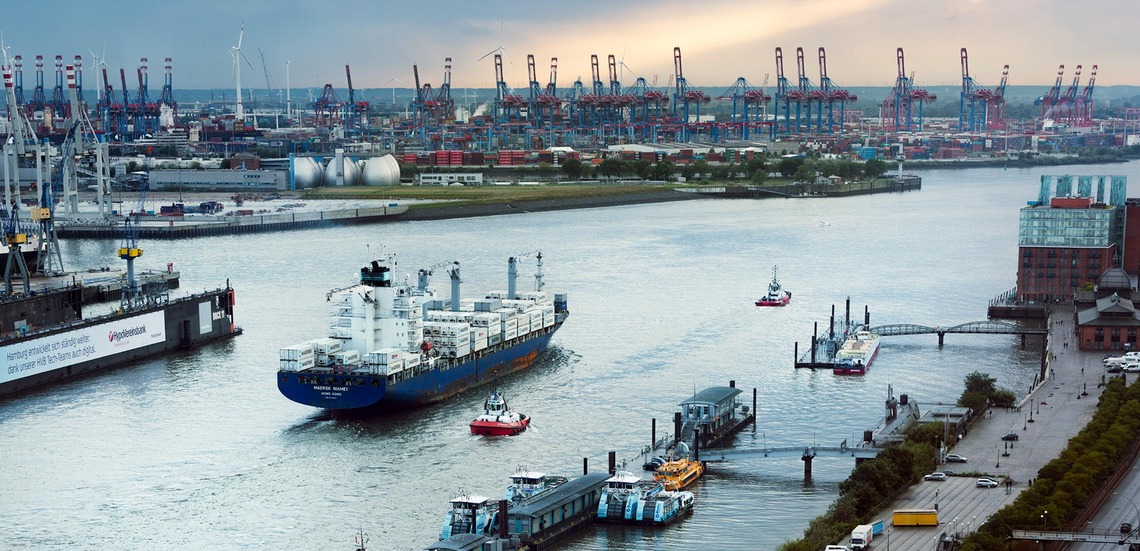
Product & Service
21. 02. 2024
Germany's largest seaport and Europe's largest railway port.
A visit to Hamburg isn’t complete without a tour of its port: the imposing harbour is the very lifeblood of the city, a logistical hub on a gigantic scale that leaves visitors from all around the world speechless. Its origins date back to the 9th century and it experienced its greatest growth in the 19th century. This also laid the foundations for its current strategic importance. In 2022, around 120 million tonnes of goods were handled here, divided into 83.7 million tonnes of general cargo and 36.2 million tonnes of bulk cargo. In addition, 8.3 million TEU containers were handled.
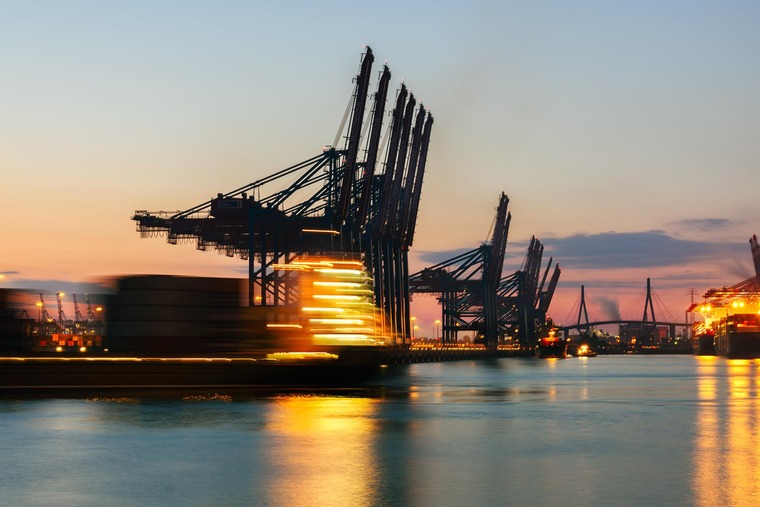
Not only is it the largest seaport in Germany, but with over 200 connections per week it is also the largest rail port in Europe, playing a key role on the New Silk Road to China. Every week, around 2,000 container train connections are offered to/from Hamburg to the European hinterland. 90 % of the shipments go to Austria, the Czech Republic and Hungary. Around 210 goods trains run over the port railway’s every day. The transpoted goods are loaded onto ships at four modern container terminals and numerous universal terminals. The port is also an important transport hub for the ÖBB Rail Cargo Group. We currently operate 4 TransFER connections to and from Hamburg. The destinations and departure points are Linz, Melnik, Vienna and Wolfurt. In 2023, the Intermodal division transported around 88,700 TEU (container loading units) to and from Hamburg.
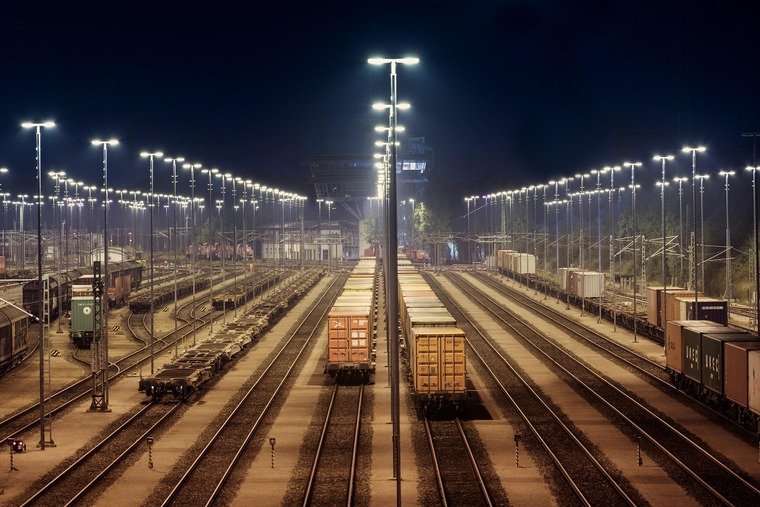
Germany wants to be climate-neutral by 2045. Industry, business and major players such as the Port of Hamburg are playing an important role in this endeavour. Like the Port of Rotterdam, the Port of Hamburg is also focussing on hydrogen. In the coming years, the Port of Hamburg is to be transformed into a sustainable energy hub. Local logistics are to be hydrogen-powered in future. Liquefied Natural Gas (LNG) capacities are also to be further expanded to secure supplies in Germany. The conversion is a major project in which many companies and the public sector are involved. The aim is to achieve zero emissions by 2040.
As part of Rail Freight Forward, we are also working with the leading European rail freight companies to shift 30% of freight volumes to environmentally friendly rail transport by 2030 and thus strengthen sustainable freight transport.
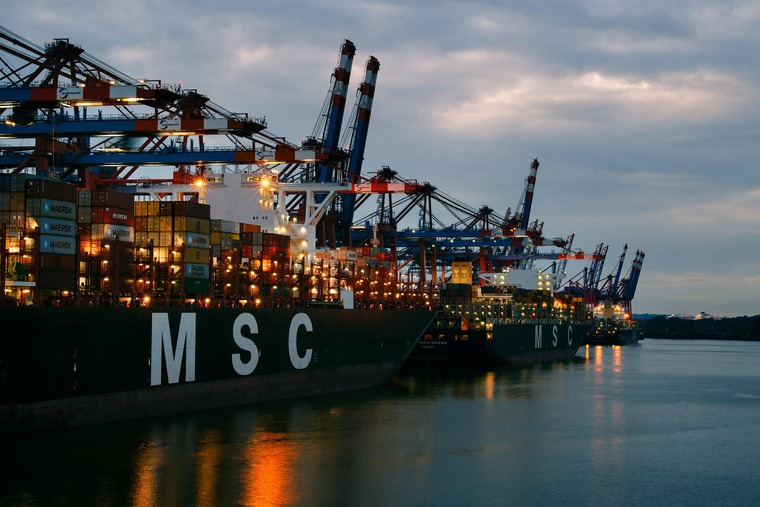
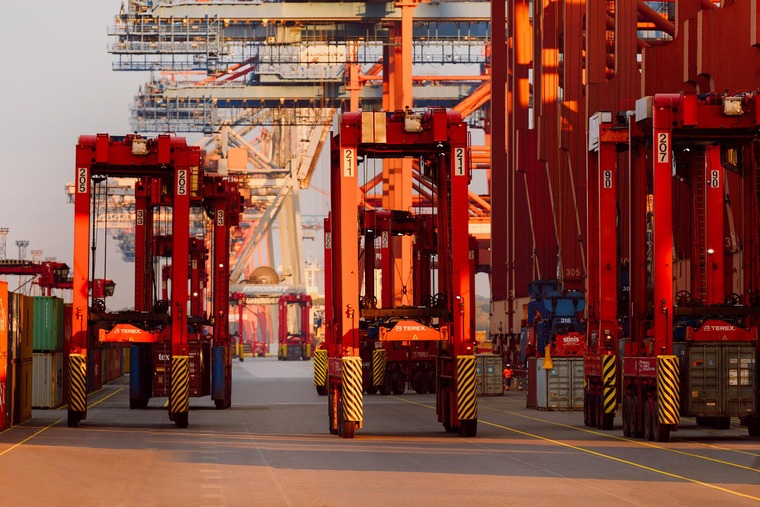
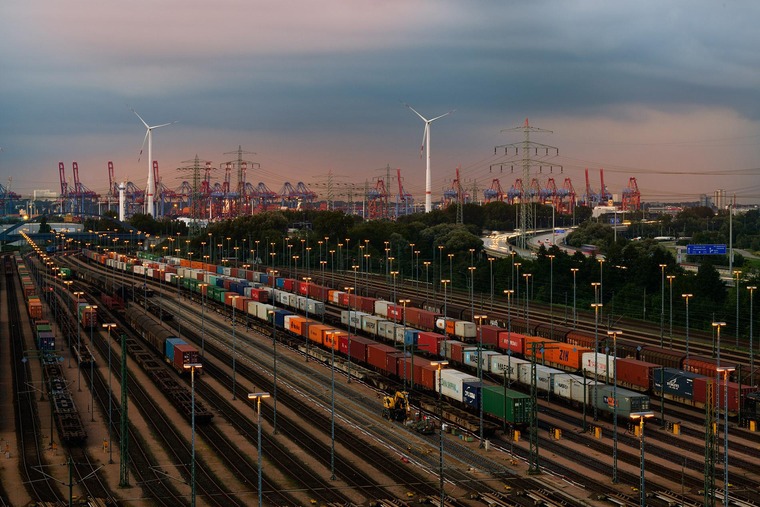
Would you like to find out more about our TransFER connections?
Our TransNET shows you all of our TransFER connections at a glance – Get clicking and give it a go. Discover a world of possibilities – TransNET, let’s play!
